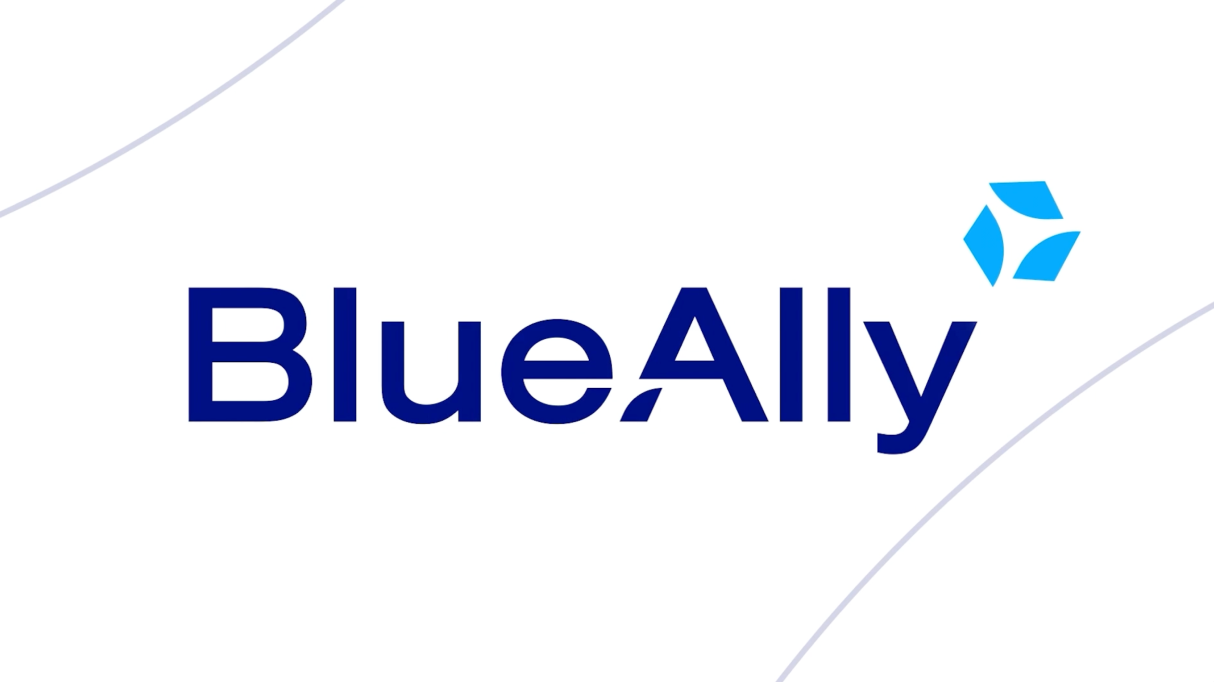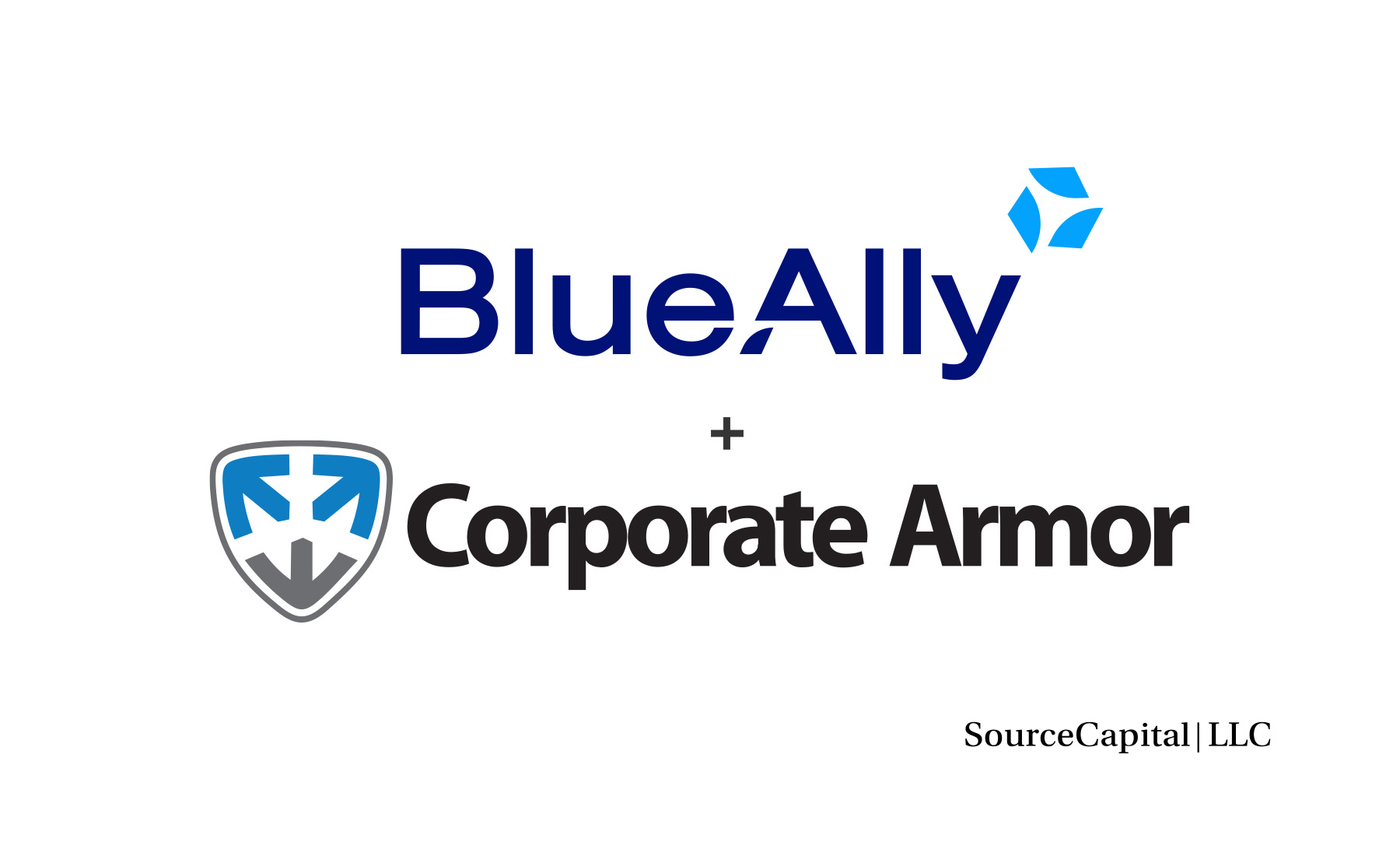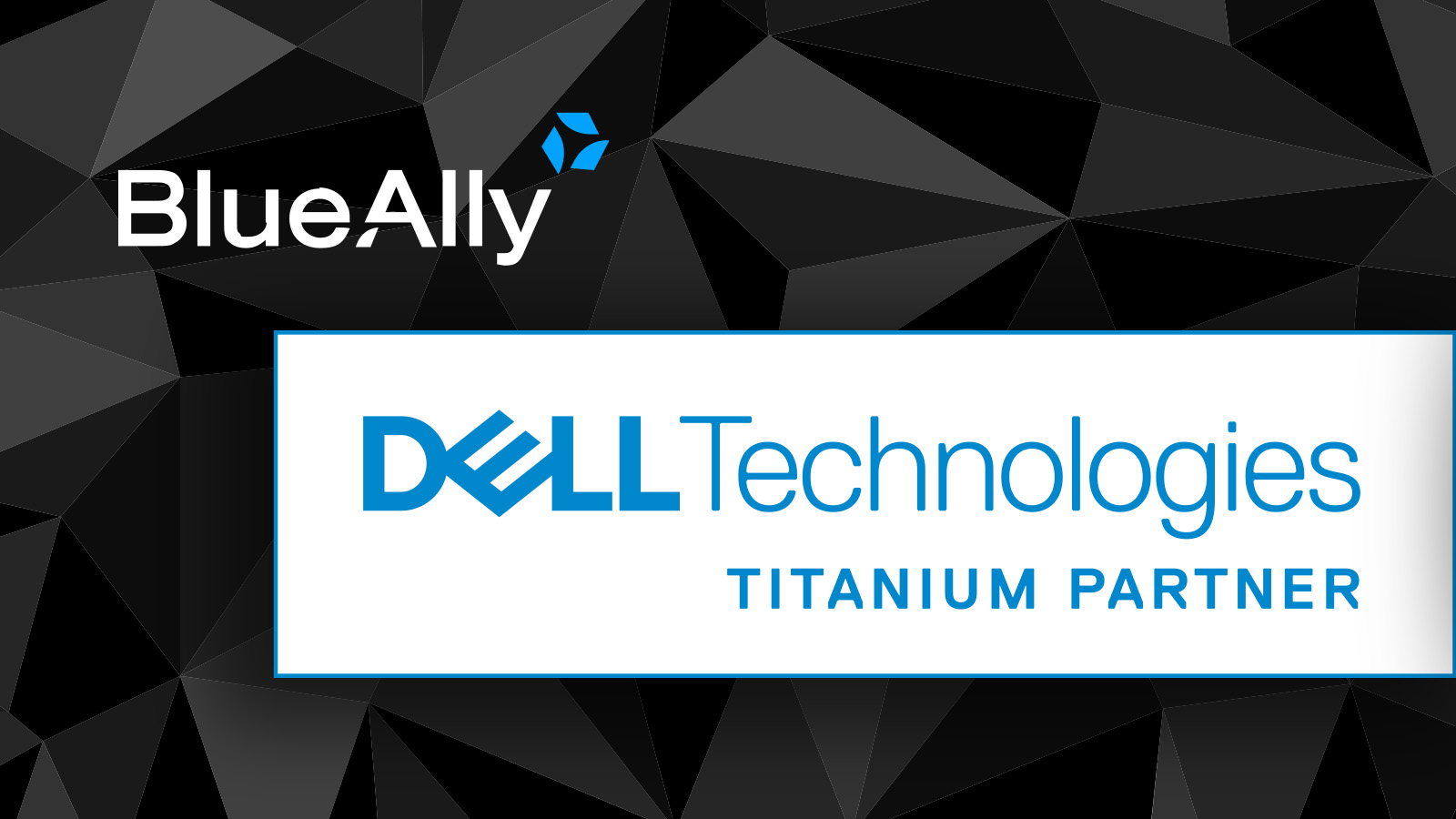 FEATURED
FEATUREDAs we head into Q3, many businesses are taking stock of their progress and gearing up for the challenges and opportunities that the remainder of the year will bring. For many organizations, this involves a thorough review of their technology infrastructure to ensure it strategically supports current and future business objectives.
A mid-year check-in is an opportune moment to address potential vulnerabilities, optimize operations, and position your company for continued success. If your business is making the strategic decision to assess Q1 – Q2 efforts right now, be sure to add these five tech-related action items to the checklist for a successful 3rd and 4th quarter.
- Conduct a Comprehensive IT Audit
A thorough IT audit is essential for identifying areas of improvement within your technology infrastructure. This involves assessing hardware, software, security measures, and overall system performance. An effective audit will reveal outdated components, inefficiencies, and potential vulnerabilities.
Comprehensive IT assessments offer actionable insights that improve operational efficiency. According to a report by PwC, organizations that conduct regular IT audits experience 25% fewer security incidents and 40% fewer instances of unplanned downtime. These detailed inspections provide a roadmap for making informed decisions about technology investments and upgrades, ensuring that the IT environment is resilient and responsive to business needs.
- Enhance Cybersecurity Measures
With cyber threats becoming increasingly sophisticated, enhancing cybersecurity measures is non-negotiable. A proactive approach to cybersecurity includes updating firewalls, antivirus software, and implementing multi-factor authentication (MFA). These measures can significantly reduce the risk of data breaches and other cyber incidents.
According to IBM’s Cost of a Data Breach Report 2023, the average cost of a data breach is $4.45 million. By investing in cybersecurity protocols, businesses can protect sensitive data, maintain customer trust, and avoid the financial and reputational damage associated with breaches. Regularly reviewing and updating security measures is critical to staying ahead of emerging threats.
- Optimize Cloud Solutions
Cloud solutions have become integral to modern business operations, offering scalability, flexibility, and cost-efficiency. However, it is crucial to regularly evaluate and optimize these services to ensure they meet evolving business needs. This includes assessing the performance, cost-effectiveness, and security of current cloud services.
Gartner predicts that by 2025, 85% of enterprises will have a cloud-first principle—and as businesses increasingly rely on cloud technology, optimizing these solutions can enhance collaboration, streamline workflows, and reduce costs. Consider scalable cloud services that can grow with your business and offer expansive security features to protect data in transit and at rest.
- Prepare for Disaster Recovery
Disaster recovery planning is essential for ensuring business continuity in the face of unexpected disruptions. Reviewing and testing your disaster recovery plan should be a priority during the mid-year check-in. This involves verifying backup systems, updating recovery protocols, and conducting regular drills.
A well-prepared disaster recovery plan can significantly reduce downtime and data loss. According to the Federal Emergency Management Agency (FEMA), 40% of businesses do not reopen after a disaster, and another 25% fail within one year. Having an in-depth disaster recovery plan in place can help mitigate these risks, ensuring that your business can quickly recover and resume operations.
- Invest in Employee Training
Technology is only as effective as the people who use it. Investing in ongoing employee training ensures that your team is well-versed in the latest technologies and best practices. This can enhance productivity, improve security, and foster a culture of continuous improvement.
A study by LinkedIn Learning found that 94% of employees would stay at a company longer if it invested in their career development. Providing regular training opportunities not only equips employees with the skills they need to leverage technology effectively but also boosts morale and retention.
Maximize Your Business Potential With a Partner Like BlueAlly
As businesses prepare for the latter half of the year, a thorough mid-year technology check-in can set the stage for continued success. By conducting a comprehensive IT audit, enhancing cybersecurity measures, optimizing cloud solutions, preparing for disaster recovery, and investing in employee training, organizations can ensure their technology infrastructure is robust, secure, and aligned with strategic objectives.
These proactive steps will not only mitigate risks and improve operational efficiency but also position the company to capitalize on new opportunities in Q3 and Q4. By staying ahead of the curve, businesses can navigate the complexities of the modern technological landscape with confidence and agility.
As a trusted partner with extensive experience in the IT sector, BlueAlly supports businesses in achieving these goals, offering expert services to help you assess and optimize your tech stack. Whether your organization needs IT audit support, enhanced cybersecurity solutions, or guidance on a variety of other IT-related functions, BlueAlly provides tailored strategies to meet your specific needs. Contact us today at contact@blueally.com to ensure your technology infrastructure is not only prepared for the challenges ahead but is also poised to drive your business towards greater success in the latter half of the year.








































